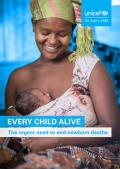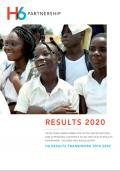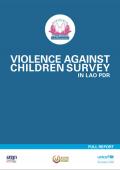Publications on Children
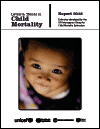
The United Nations Interagency Group for Child Mortality Estimation (UN IGME) produces estimates of child and young adolescent mortality annually. This report presents the UN IGME’s latest estimates – up to the year 2017 – of under-five, infant, and neonatal mortality as well as mortality among children aged 5–14. It assesses progress in the reduction of child and young adolescent mortality at the country, regional and global levels, and provides an overview of the methods used to estimate the child mortality indicators mentioned above.
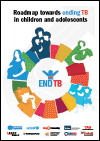
The 2018 United Nations General Assembly High-Level Meeting (HLM) on Tuberculosis and the current revision of the Roadmap for childhood tuberculosis together present an important moment to consolidate and advance advocacy, commitment, resource mobilization and joint efforts by all stakeholders to provide health care and address the burden of TB among children.
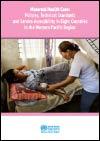
WHO has developed evidence-based maternal health recommendations for reducing maternal mortality and morbidity. This review compares national guidelines and protocols, implementation and health system standards to WHO recommendations for eight countries that account for 96% of maternal deaths in the Western Pacific Region.

The 2030 Agenda for Sustainable Development will not be achieved without the active and meaningful involvement of the private sector. Can the private sector be held accountable for protecting women’s, children’s and adolescents’ health? And if so, who is responsible for holding them to account, and what are the mechanisms for doing so?
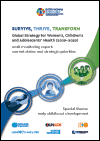
The 2018 monitoring report for the EWEC Global Strategy for Women’s, Children’s and Adolescents’ Health (2016–2030) is based on data from 2017 and early 2018 for the 60 indicators in the EWEC Global Strategy monitoring framework. Dashboards in Annex 2 signal where progress is being made or lagging.







